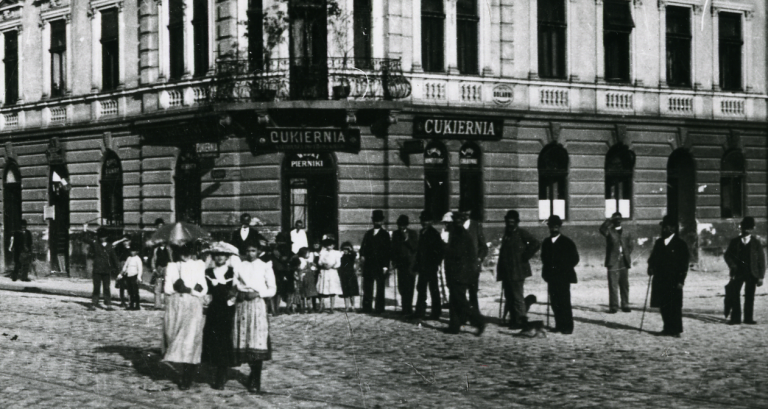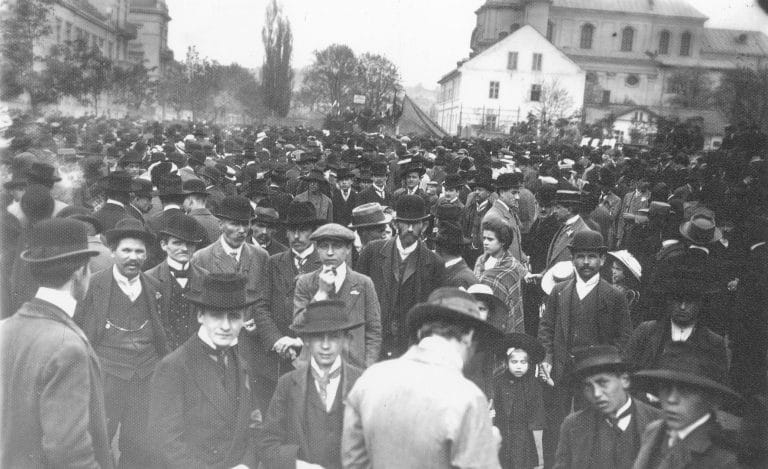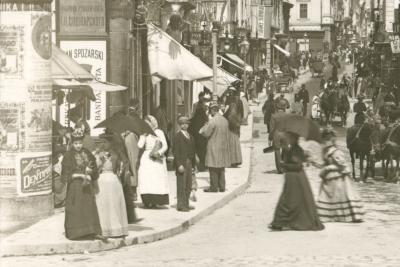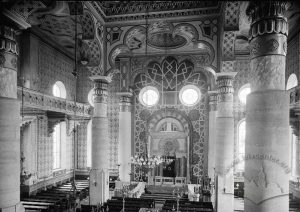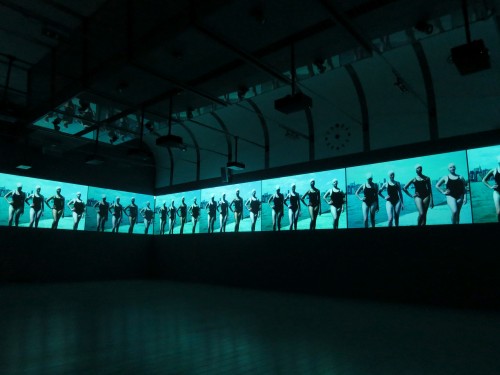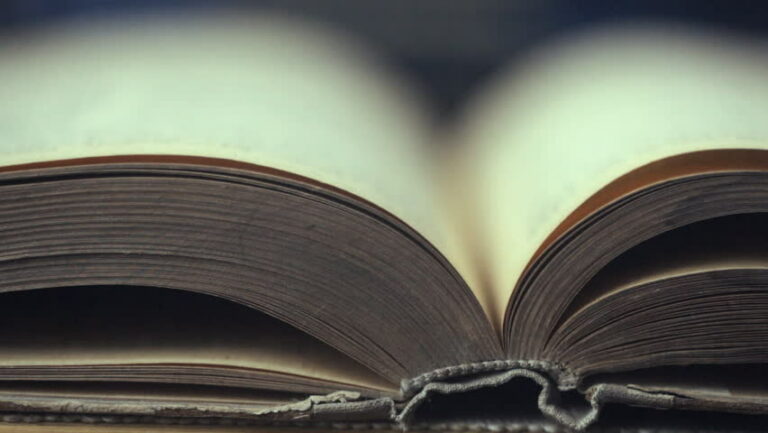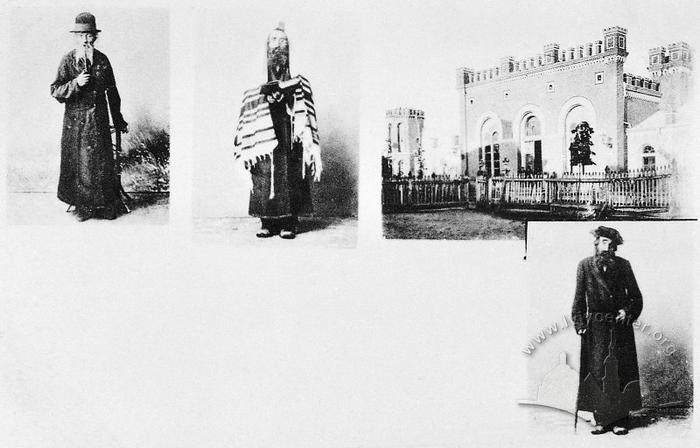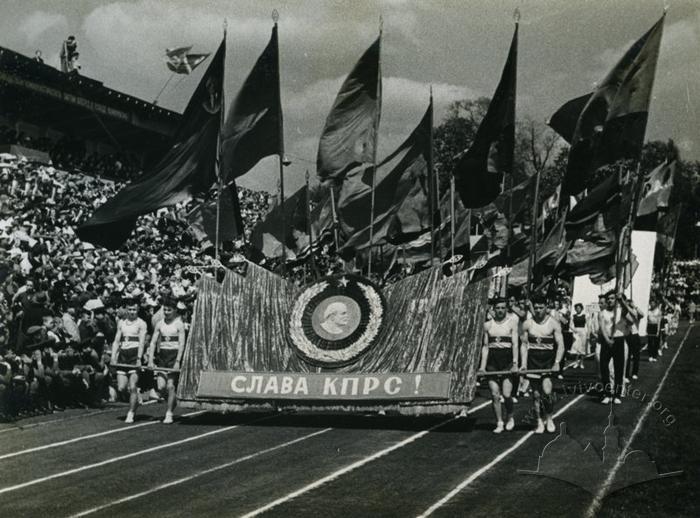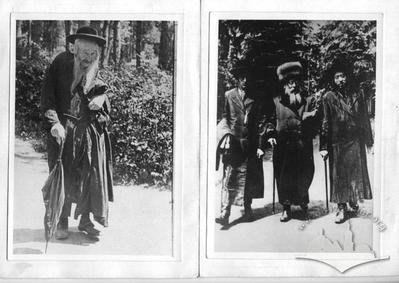1880s
Primary Sources

Anna Pavlyk Essay “Worker girl” Lviv, 1887
It is a polemical essay by a young Ukrainian socialist, Anna Pavlyk, about urban female workers and the challenges of their status as wage-earners and low-paid participants in the urban labor market. Anna knew about the peculiarities of this status from the first month. The woman worked as a seamstress or a maid for most of her life. The essay was published in Lviv in 1887 in a women's almanac, "The First Wreath." It was initiated and published by writers Natalia Kobrynska and Olena Pchilka as the first Ukrainian-language publication of women authors. Anna Pavlyk attempts to produce a collective portrait of the lowest strata of the social ladder – the daughters of...

For the Family Hearth, a 1970 film
The film is an adaptation of the novel of the same name by Ivan Franko, written in 1892. In his story, the problem of sexual slavery (or “white slavery” in the terms of those times) and women’s engagement as its victims and enablers. The author’s choice of topic must have been influenced by the lawsuits against human traffickers that were actively taking place in Galicia at this time. One of the most high-profile cases was the Lviv trial in 1892 against 27 traffickers (men and women) accused of organizing sexual traffic abroad. The investigation confirmed 29 cases of selling girls from Galicia to brothels in Constantinople, Egypt, and India. The “white slavery” usually...

“Goldene land” (Golden land), song about emigration, 1889
The song was written by a Lithuanian Jewish poet, Eliakum Zunser (1840-1913) based on his own experience of emigrating to the United States. The song "Golden Land" touches on the issue of new migrants, whose high expectations fail. The American city turns out to be a space full of dirt, noise, and poverty. Although jobs are available, they are poorly paid and dangerous to health. America is also not a place of social equality, because like in Europe, there is a disproportion in the distribution of wealth. This is an urban experience that was shared by many Jewish migrants who found work in the textile industry, or like Zunser himself, in the printing...
In the 19th century, the gender pact dividing public and private spheres, as man-owned and women-inhabited, found its most solid reasoning. In this vision, the city as the most obvious embodiment of public life, seemed to be male by default. Women in the city were taken as potentially threatened. This was evidenced by a number of prohibitions, which could include not only certain places inaccessible to women, such as universities in Lviv until the late 1890s, but also ordinary everyday experiences that they could claim only at the cost of their own reputation. In this module, historian Ivanna Cherchovych will try to look at the city from its women's experiences.
The "The City as a Stage: When Politics Takes to the Streets" project focuses on mass events in the public space of Lviv during the Habsburg period, which took place in the open air – on the streets and squares of the city. As the political center of Galicia, the "royal capital city" of Lviv was simultaneously considered the "capital of the freest part of Poland" and the "capital of Prince Lev." Political and national confrontations were concentrated here. Although the population of Lviv at that time consisted mainly of Poles and Jews, followed by Ukrainians, it was the competition between Ukrainians and Poles that was most significant. These two groups declared their...
The three stories presented in this text are dedicated to three different women united by one city. Sharing a common urban space, they experienced it in different ways, given their different social positions, status and starting opportunities. The time in which they had to live their lives was in one way or another reflected in microstories from the life of each of these women. The first story is dedicated to Maria Hrushkevych, a long-time employee of the Lviv post office, who was among the "first" women employed by the state. In the second, Maria Linchak will be talked about, who was a maid in the house of Teofil and Liudmyla Hrushkevych, a chorister...
East-Central Europe played a vital role in the global history of mass migration and experienced an enormous variety of mobility processes in the long 19th and short 20th centuries. For instance, mass emigration from the Russian and Austro-Hungarian Empires and the Soviet Union, human trafficking, labor migration, forced migration during WWI and WWII, refugee crises and asylum, travel, and professional mobility. The voluminous scholarship on this chapter of migration history has lots of gaps and, notably, is almost absent from history curricula. This introductory course broadens our lens to examine the role of migration and mobility for the places where it occurred as well as the experiences of migrants, displaced persons, refugees, and...
The course explores the history of Russia as an empire from Peter I up to now in the methodological perspective of the new imperial history. What are the historical preconditions and sources of Russian imperialism and militarism? How did the small principality of North-Eastern Europe manage to create the largest empire in the world? To what extent the Russian Empire of the 18th and 19th centuries differed from European colonial empires as well as eastern imperial polities such as Ottoman Empire and China? How did the imperial nationalities policies emerge and evolve? What role did the competition between "great powers" play in turning Russia into an empire? The course attempts to answer these...
The field of social history has achieved the edge of its popularity in 1950-1980s. It was strongly connected with other disciplines, such as economics, demography, sociology, and allowed historians to reach a much wider range of research themes. Since the 1960s, the social history of the Jewish people became important and influential part of the studies. Historians were exploring the possibilities to study Jewish community with new tools and integrating different representatives of Jewish community – workers, women, immigrants, criminals - in a research. Since 1990s historians of Jewish past shifted their interest to cultural studies. However, in the last years, we can see an economic turn, which signifies the search for a...
The aim of the course is to get to know how to analyze examples of visual culture, including: fiction films and documentaries, video, photography. Both contemporary and historical materials will be studied, together with theoretical texts and publications (from the area of film and media studies, anthropology, cultural studies and history. Although images are mostly seen, if you want to really know them and understand them really well, you must not only "see" them but also "read" them, that means to analyze them as a complex message/ text. That is why at our course we will firstly discuss some terms and categories, that would help us to read images such as: composition, convention,...
This course forms a part of Jewish History and Culture of East Central Europe in the 19th-20th Centuries summer school. The syllabus is availible only in Polish.
This course was a part of Jewish History and Culture of East Central Europe in the 19th-20th Centuries summer school. The syllabus is written in Polish.
In our mini-course we will explore cultural interaction between Jews and non-Jews (Ukrainians, Poles, Russians) in the borderlands of the Habsburg and Romanov empires. This is interaction that may have been conscious or unconscious, and may have involved encounter, appropriation, negotiation, exchange and destruction.
This short course looks at Jewish history in the context of two multinational empires: the Russian and the Habsburg. Both of these states must be understood as fundamentally pre-modern, non-national (even anti-national) political structures, a fact that is crucial for understanding Jewish history here. In the mid-19th century, the great majority of world Jewry made its home in this region and even at the end of the First World War, after the great wave of emigration to the Americas, western Europe, Erets Israel / Palestine, and South Africa, the Jewish presence here was considerable. In 1918 even antisemites could hardly imagine a Warsaw, Wilno, Lwów, Odesa (etc.) without Jews.
Ukraine’s twentieth century was tragically marked by much politically motivated violence and authoritarian regimes as well as movements, from the radical left and the radical right. These forces and events did not only do great harm in the past but left memories and legacies that are still challenging to contemporary Ukraine. In this class, we will focus on several key issues of history, memory, and politics. The readings cannot be exhaustive. Instead, our aim is to read and discuss a sample of important short texts that allow us to reflect more broadly on the underlying questions.
This course was a part of Jewish History, Multiethnic Past, and Common Heritage: Urban Experience in Eastern Europe summer school (July 13 – August 7, 2015. Center for Urban History. Lviv, Ukraine).
This course was a part of Jewish History, Multiethnic Past, and Common Heritage: Urban Experience in Eastern Europe summer school.
This course forms a part of Jewish History, Multiethnic Past, and Common Heritage: Urban Experience in Eastern Europe summer school. The syllabus is available only in Polish.
This course forms a part of Jewish History, Multiethnic Past, and Common Heritage: Urban Experience in Eastern Europe summer school.
The course will cover the major development of the East European Jewry from the mid-eighteenth century till the present. More specifically, it will focus on the apparently largest category of modern Jewish history, i.e. modernity itself. The course will start with the discussion of what modernity means in contemporary scholarly discourse, and—more specifically—how it is applied today in historiography of East European Jewry. This introduction will provide a frame for the focus of the course: the analysis of the changing life patters and differing strategies of adopting, rejecting, or negotiating modernity in every-day lives of East European Jews.

